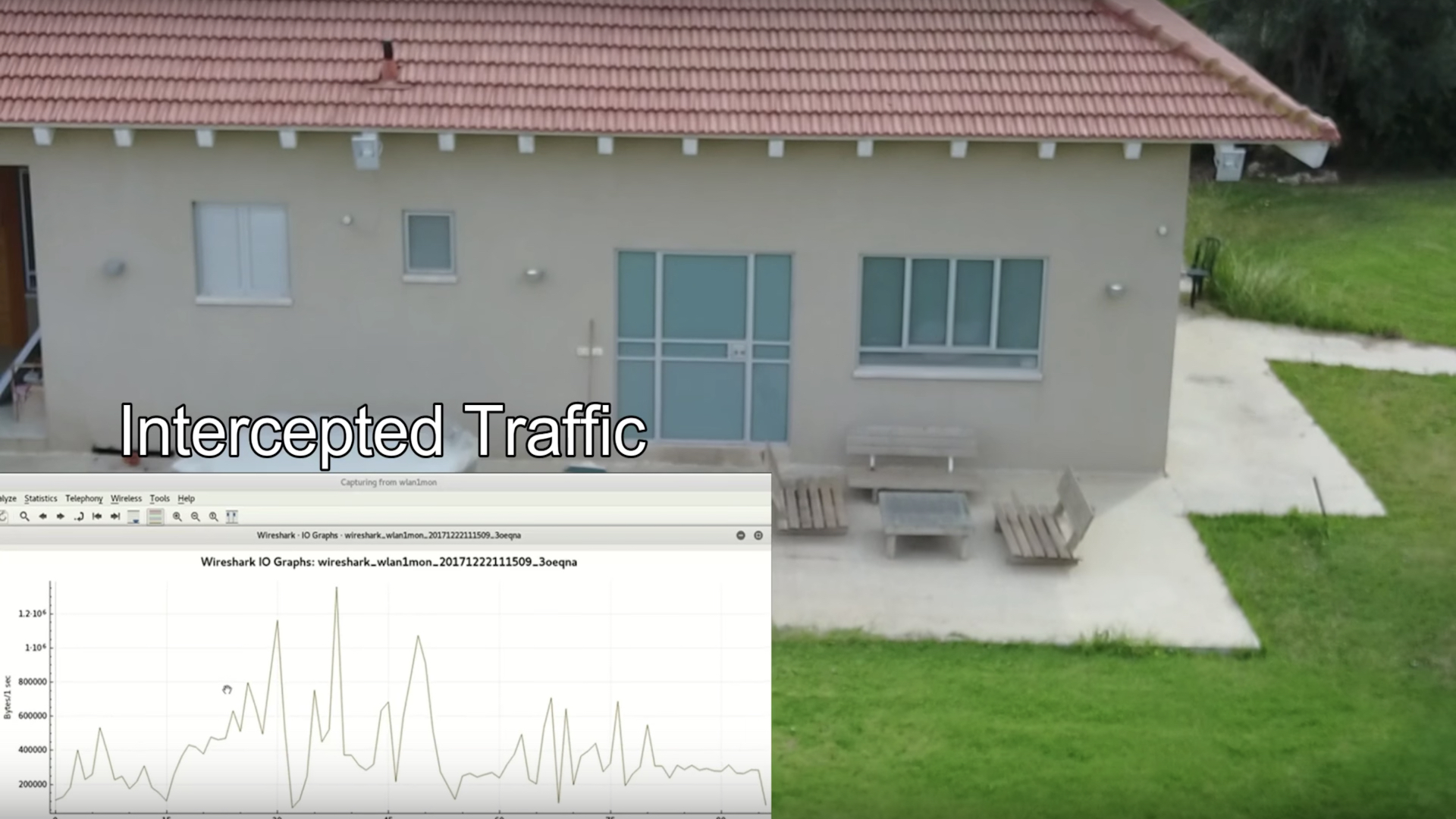

Anti-drone technology is a subject we’ve covered thoroughly here, but as researchers become even more creative in their efforts to develop new methods to counter unwelcome unmanned aerial vehicles (UAVs), our list of potential anti-drone strategies grows, too. Most recently, researchers at Ben-Gurion University of the Negev in Beersheba, Israel, have added to that innovative list with a radio signal-based UAV detection system that can also ascertain if said UAV is spying on you or your property. This may seem unbelievable at first—after all, how could one possibly determine if a drone hovering in the vicinity is looking directly at you and yours, as opposed to anything else in the area? Well, according to WIRED, the solution partly requires some retro-engineering and is fully impressive.
In simple terms, you first produce a recognizable pattern of an object or a subject you want to prevent from surveillance—your house, for example. Once that’s done, the counter-snooping begins. The next step is to intercept the radio signals of any drone hovering nearby that you might suspect to be watching your house. This is when the process allows for the pattern you generated of your house to be matched with the same pattern found in the drone’s radio signals being beamed back to its operator. If the drone is indeed watching your house, the pattern you generated will be matched to the data collected by the UAV, essentially confirming that it’s been watching your home. Remarkably creative, right? This is one of those hyper-intelligent ideas that make utter sense in hindsight but would never have occurred to (most of) us in the first place.
In the published paper which details this process more thoroughly, one of the Ben-Gurion University researchers and Ph.D. candidates, Ben Nassi, explained that this method is not only absolutely functional at determining whether a UAV is looking at you or your property or not, but that it’s the first of its kind. He said, “This is the first method to tell what is being captured in a drone’s channel. You can observe without any doubt that someone is watching. If you can control the stimulus and intercept the traffic as well, you can fully understand whether a specific object is being streamed.”
Let’s take a look at the cleverly labeled “Game of Drones” video explaining this process to us.

According to the paper, this was tested using a DJI Mavic drone, in two use-cases: One in which the target was a house, and another with a subject/person as the target. “We investigate the influence of changing pixels on the FPV channel (in a lab setup). Based on our observations we demonstrate how an interceptor can perform a side-channel attack to detect whether a target is being streamed by analyzing the encrypted FPV channel that is transmitted from a real drone (DJI Mavic),” the paper explains. While this may not intrigue the casual consumer and homeowner enough, the ingenuity in this anti-drone development might appeal to the security of corporate and government buildings, according to Peter Singer, an author at the New American Foundation deeply entrenched in security technology. “It might have less implications for personal privacy than for corporate or government security,” he said.
Of course, technology evolves by being compromised and competed against. There’s no doubt sophisticated snoopers will inevitably find a way to forego being detected, as there’s equally no doubt that their efforts will later be trounced, as well. The tit-for-tat in the world of surveillance and technology, in general, is what drives it forward. As it stands right now, those who are aerially spying on people are on their heels. Stay tuned for further developments with this project.